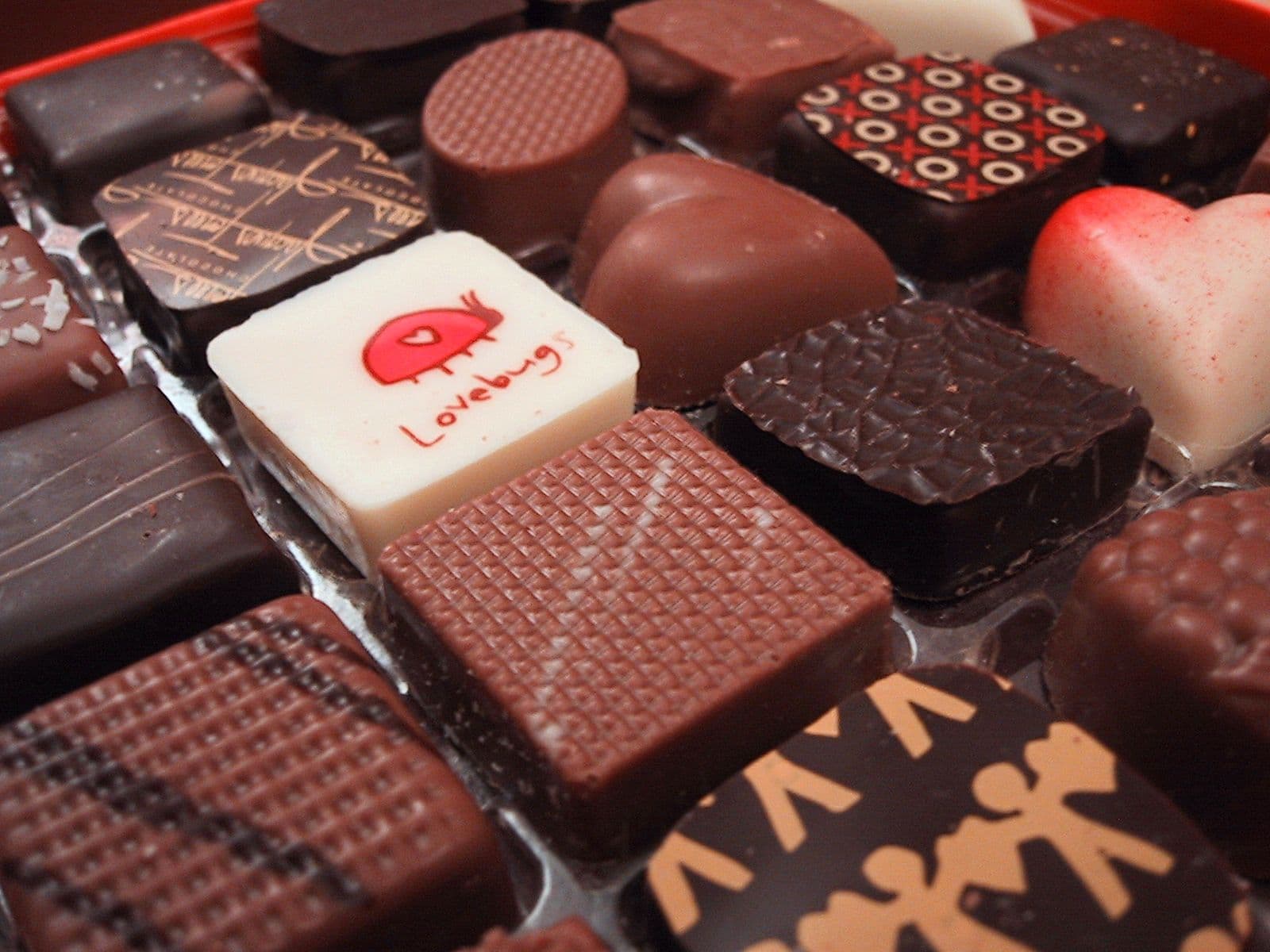
St. Valentin's Day
バレンタインデーMorozoff Ltd. introduced Valentine's Day to Japan for the first time in 1936 through an advertisement targeting foreigners. In 1953, the company started promoting the giving of heart-shaped chocolates, leading other Japanese confectionery companies to follow suit. In 1958, the Isetan department store held a "Valentine Sale". Further marketing campaigns in the 1960s helped make the holiday more popular.
The custom of women giving chocolates to men may have originated from a translation error made by a chocolate executive during the initial campaigns. Women, particularly office ladies, give chocolates to male co-workers as a form of obligation. Unlike Western countries, gifts such as greeting cards, candies, flowers, or dinner dates are not common. Japanese chocolate companies make half of their annual sales during this time of the year.
In the 1980s, the Japanese National Confectionery Industry Association made March 14 a "reply day," where men return the favor to those who gave them chocolates on Valentine's Day, calling it White Day because of the color of the chocolates offered. This was a successful campaign after a previous attempt by a marshmallow manufacturer to popularize a similar celebration had failed.
There are two main types of chocolates that are given on Valentine's Day: "giri-choco" and "honmei-choco."
Giri-choco, also known as "obligatory chocolate," is given to men in a woman's life as a gesture of friendship or obligation, such as coworkers or acquaintances. This type of chocolate is typically mass-produced and not as expensive as honmei-choco.
Honmei-choco, on the other hand, is a more personal and meaningful type of chocolate that is given to a woman's romantic partner. This chocolate is often homemade or purchased from a higher-end store, and it is considered to be a more intimate expression of love and affection.
In addition to giri-choco and honmei-choco, there are also other types of chocolates that are given on Valentine's Day in Japan, such as "tomo-choco," which is given from friends to friends, and "gyagu-choco," which is given as a joke or prank.
In Japan, the romantic aspect of Valentine's Day is celebrated on Christmas Eve.
Last Updated: